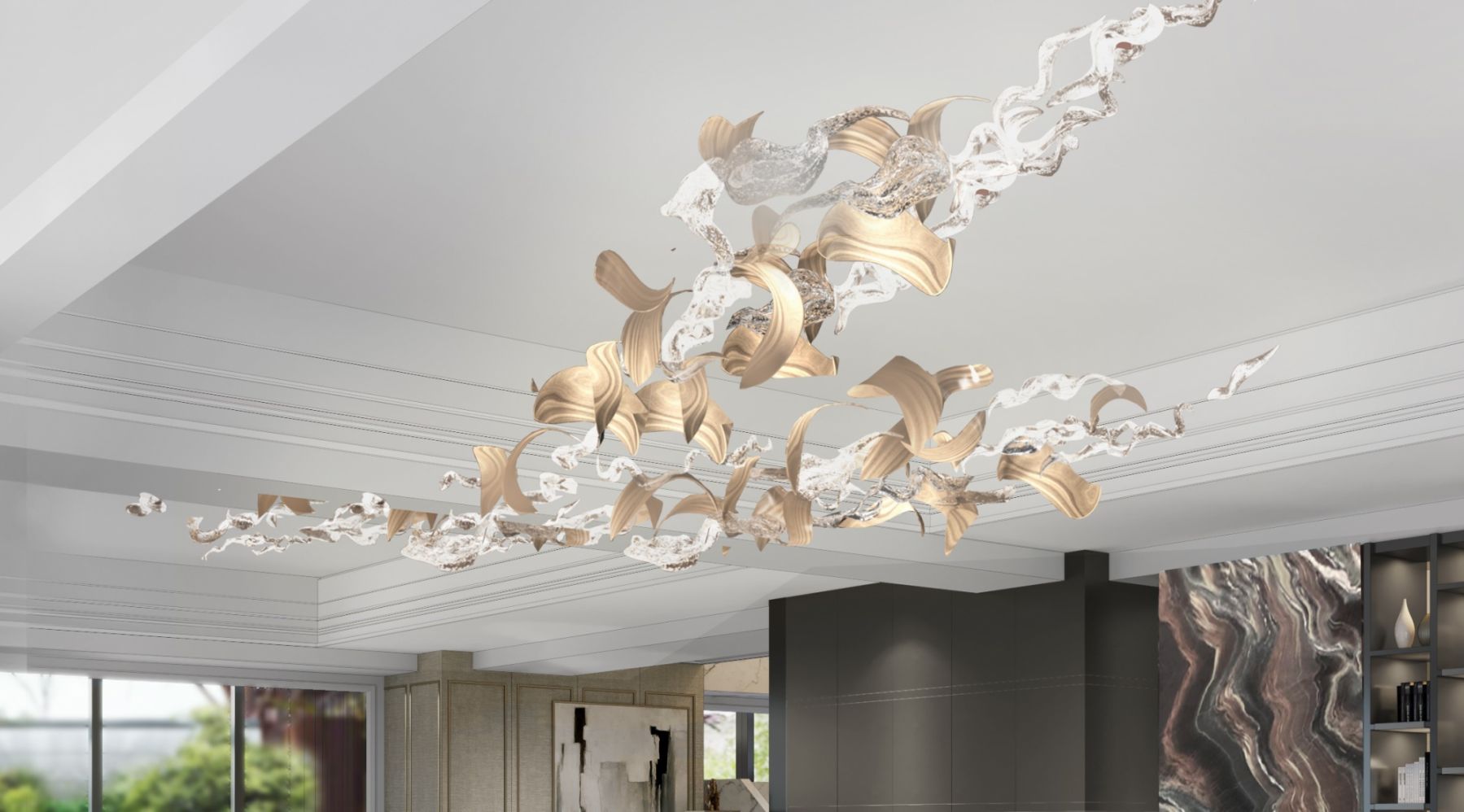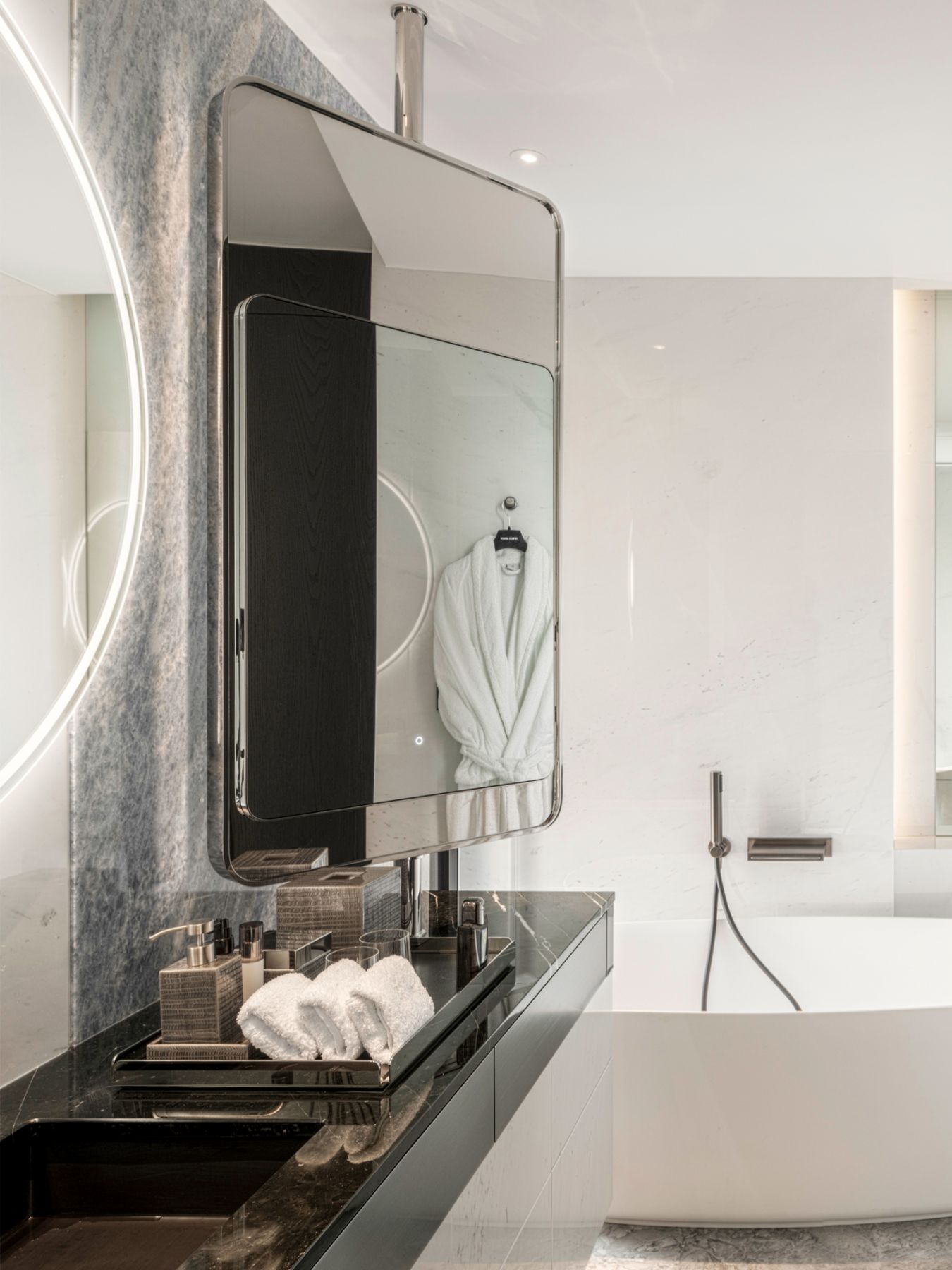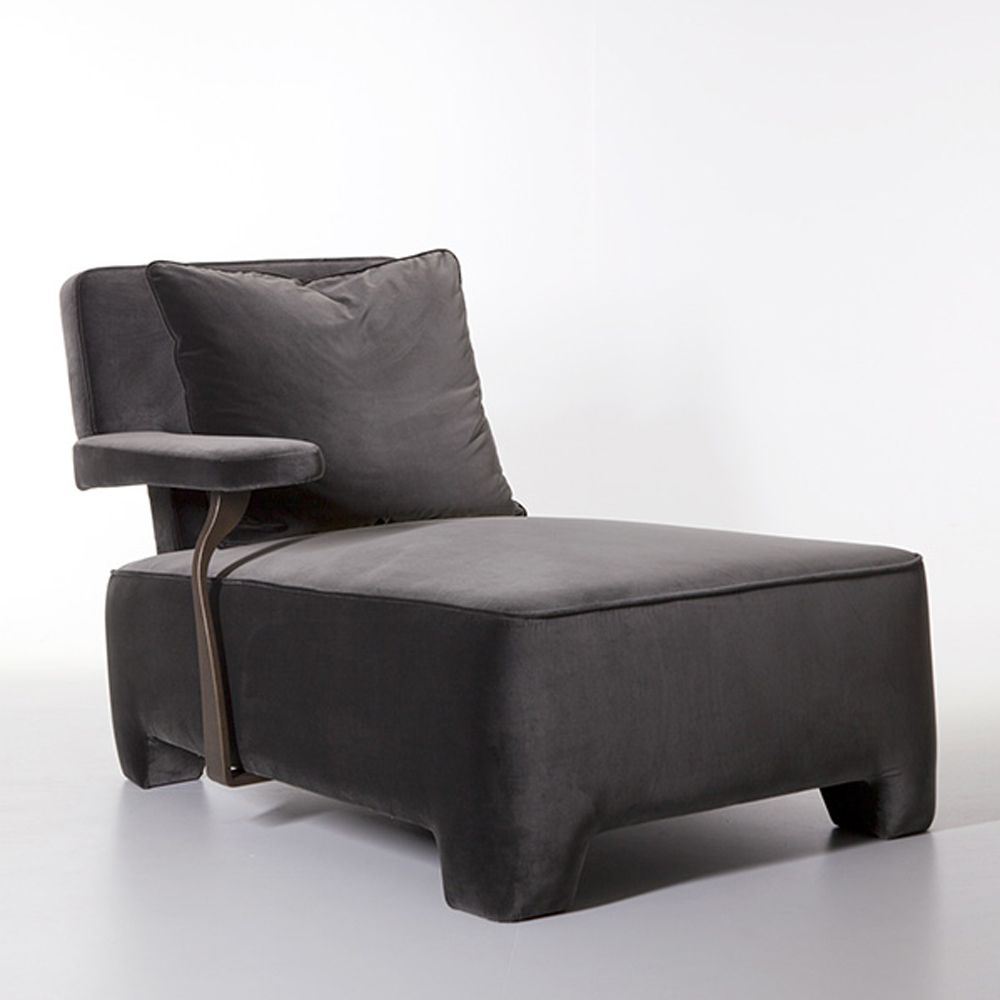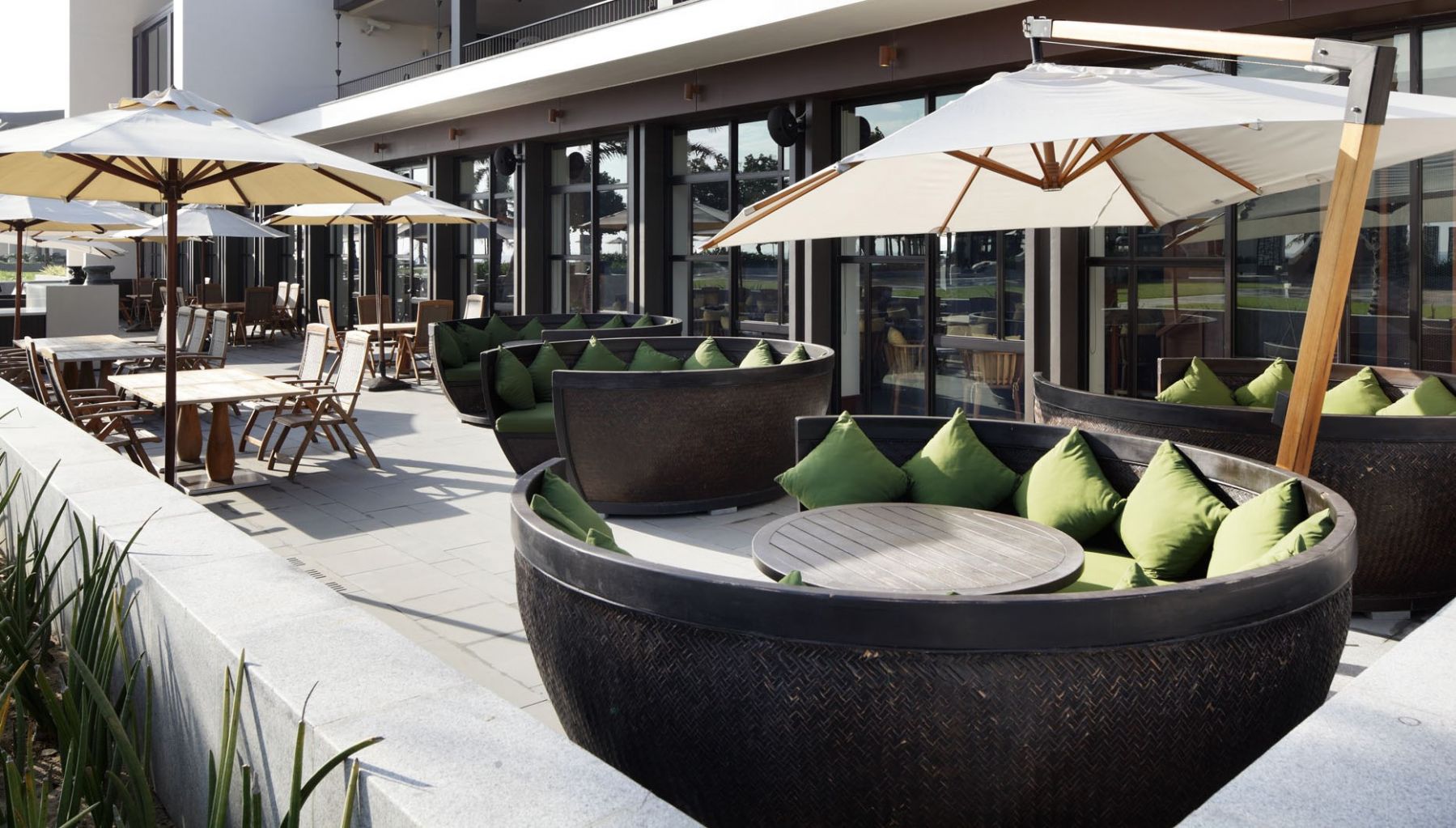“I will never want my designs to be only impressive in photos; I want people to be deeply immersed in the space through their senses, and hope that they like to visit it time after time,” says Taiwanese designer Celia Chu. Here, she shares more about hotels she has designed worldwide while highlighting outstanding pieces that have caught her eye recently
“My everyday life is the source of my inspiration, even my daydreams,” says Taiwanese interior designer Celia Chu. Known for crafting impeccably elegant and multilayered interiors, Chu’s soulful perspective adds a sense of authenticity to her designs. The founder and principal of Celia Chu Design & Associates, her Taipei-based namesake studio, crafts a unique narrative for each project by focusing on creating with a personal touch.
See also: Mood Board: Kelly Wearstler Discusses Design Trends and Stylish Decor Picks
“I always look to ‘people’ as the starting point of each project—what (users) can feel, touch and experience when they are in the space,” says Chu. “I will never want my designs to be only impressive in photos; I want people to be deeply immersed in the space through their senses, and hope that they like to visit it time after time.”









